There's no app for this
Expanding the participation of women in IT requires a cultural change
By Laura Haight
Originally published as The Digital Maven in Upstate Business Journal
Technology has a diversity problem. And it extends through the entire pipeline: from education, to hiring, advancement and retention.
Women currently hold 57 percent of professional jobs but only 25 percent of technology jobs. If you’re looking around for black or Latina women, you’ll have to look a lot harder (3 percent and 1 percent, respectively). A report from the National Center of Women & Information Technology paints a picture of women in technology that would more fit the workplace of the 80s than that of the 21st century. Perhaps most disturbing is the low participation of women in creative aspects of technology – innovation and invention, programming and development.
The world is being changed by technology, and yet a tiny percentage of the designers and developers of those changes are women. That’s disturbing.
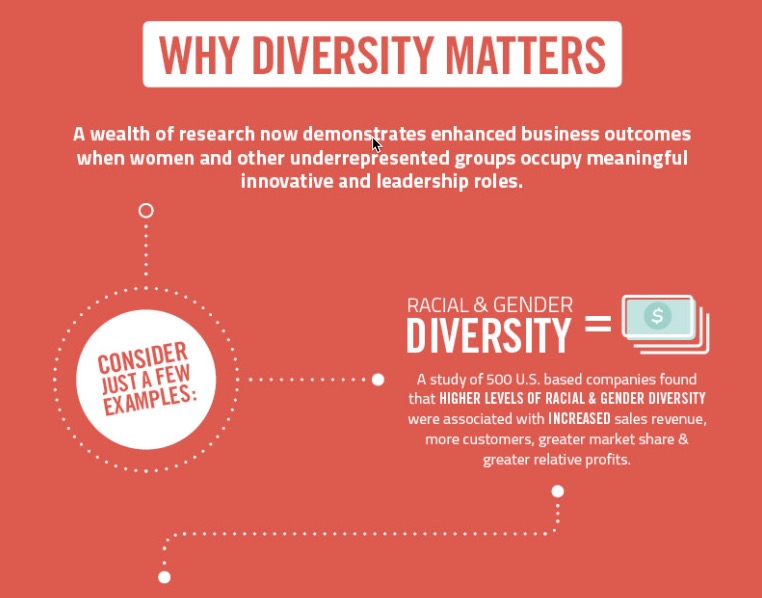
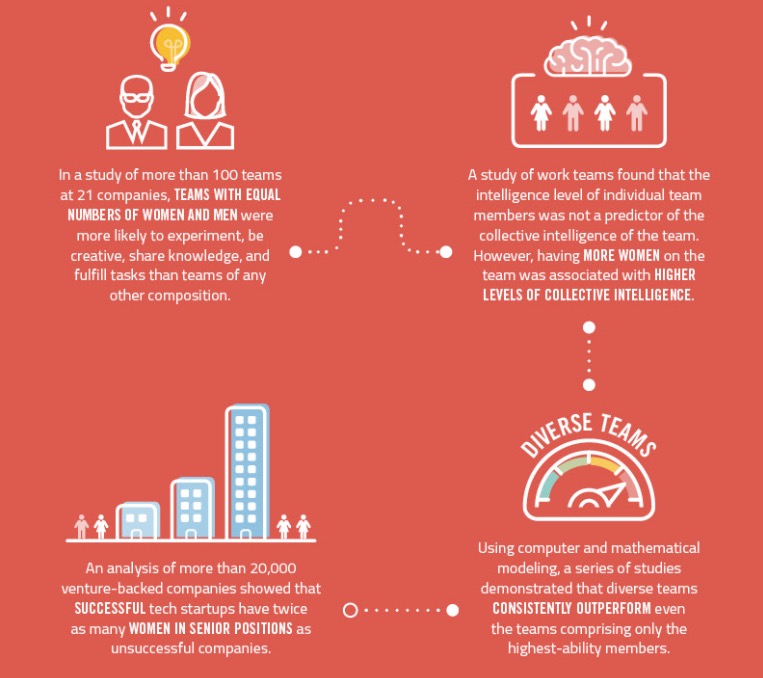
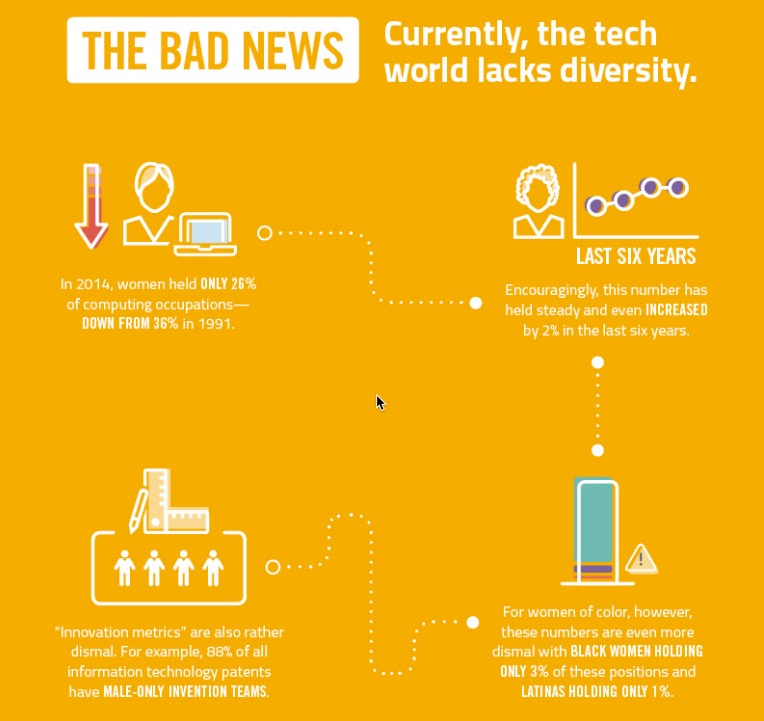
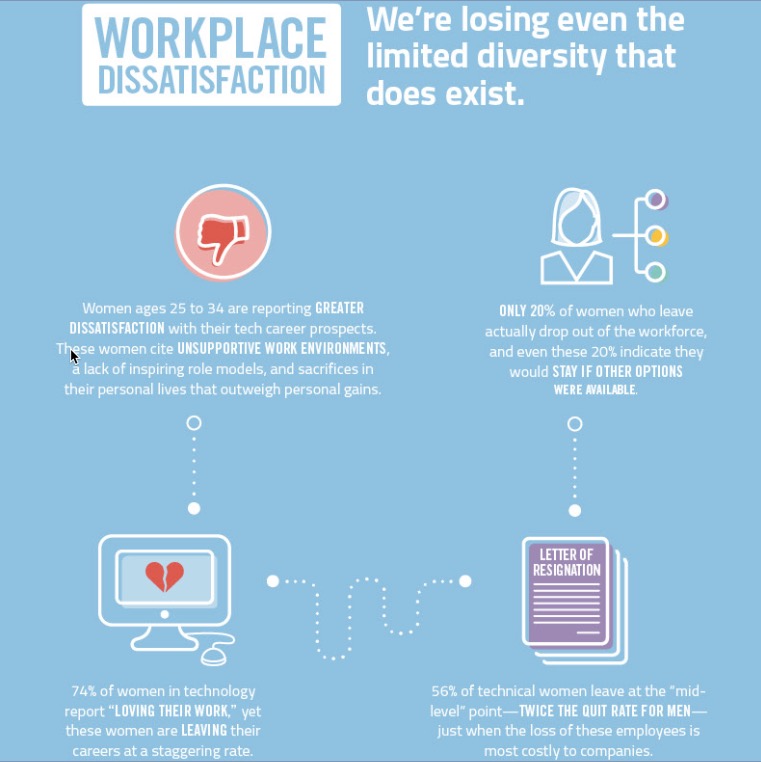
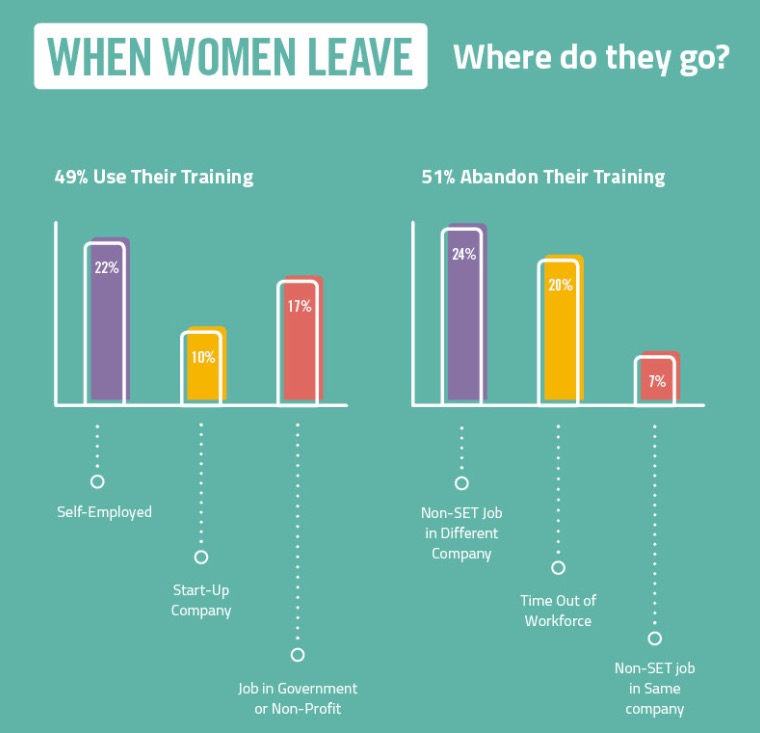
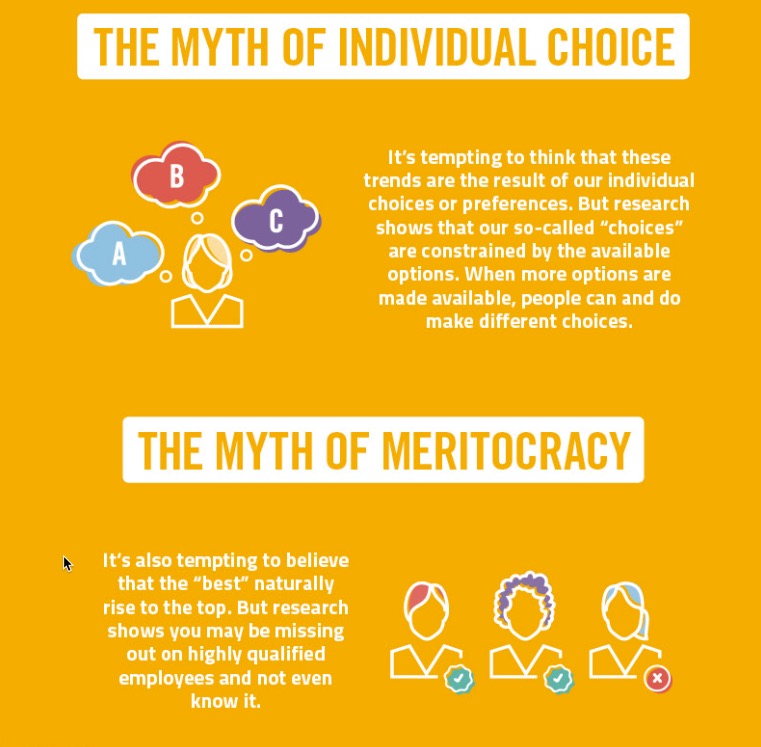
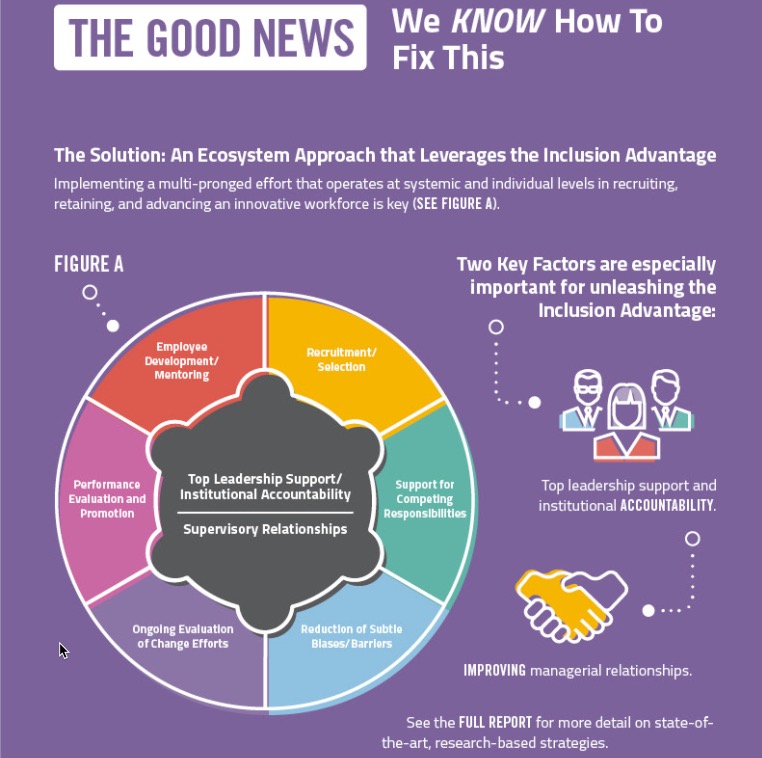
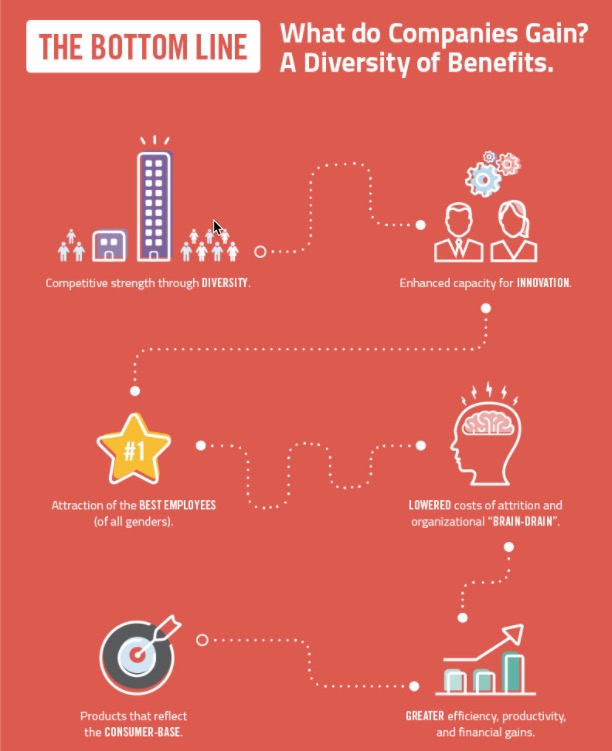
On the encouraging side: The rates of women earning degrees in technical fields like engineering and computer science are increasing. In 2014, 51 percent of MIT’s engineering degrees and 31 percent of its computer science degrees were awarded to women.
But how many of those women stay in technology? The Harvard Business Review reports that at the mid-career level, defined as 10-20 years in an industry, across the engineering-technology segment, 50 percent of women leave the industry completely vs 17 percent of men. That compares to 20 percent of women leaving non-tech industries at that stage of their careers.
The problem is pretty well defined, but the solutions are murkier.
The problem isn’t that women aren’t capable, it seems; it’s that they aren’t even seen. When researchers at the Stanford University Center for the Advancement of Women’s Leadership asked 240 Silicon Valley CEOs to identify the most critical factors for promotion technical competence, business results, and team leadership all paled before the single most important factor: visibility.
It’s a complex problem and while there are many potential solutions, they all track back to changing cultures.
SYNNEX, a global technology distribution and customer solutions company with a regional office in Greenville, is facing the challenge. The brainchild of Denna Mensch, vice president of Technology Solutions Marketing, F2F (Female-to-Female, Friend-to-Friend, Face-to-Face) is a community of women in technology careers at SYNNEX, as well as its resellers and partners throughout North America.
“You have to see something to know you can do it,” Mensch says. “STEM (Science, Technology, Engineering and Math) programs are part of the puzzle, but there’s a cultural change that needs to occur.”
Eight years ago, Mensch hosted a lunch for women peers as part of a national conference. An expectation-shattering 75 women attended. “That was the start of F2F,” says Mensch. At first it was “nice to connect with women peers” but over time the community has developed on the foundation of the “four pillars” of mentoring, philanthropy, networking, and education.
Mentoring is a critical piece in the puzzle, according to NCWIT, and is an essential building block to the “next step” of visibility for women in IT: Sponsorship. Sponsors are mentors on steroids. Sponsor relationships are not new. A lot of us were “taken under someone’s wing” or “had a Rabbi”. Sponsorship differs from mentoring in that it is initiated at higher levels and a senior executive will choose individuals to develop and advocate for. “Advocating” is critical. In sponsor relationships, the sponsor actively promotes the work and visibility of the employee.
A 2014 study by the Center for Talent Innovation found that women in IT with sponsors were 27 percent more likely to stay in the industry, 11 percent more satisfied with the pace of promotions and 8 percent more likely to ask for high-visibility work, showing more confidence in their own abilities.
Developing confidence is a key to increasing visibility on the job, and the F2F program, which now has 500 members, is an empowering community. Mensch has many inspiring stories to tell, but it is this statement that might be a eye-opener for many women – in any field.
“I take and learn from people. I listen… I ask for feedback. I have found that really works well. When people give you feedback for why you weren’t chosen for something, or why you were overlooked, if you just have a conversation about it, they’ll tell you the truth. And if you come back to them and show them that you actioned it, they are like ‘Well, this person listened to me and does have what it takes.’ “
Cultures don’t change without an impetus, and women have to push the needle, not just wait for the wind to blow it a notch or two down the field.




